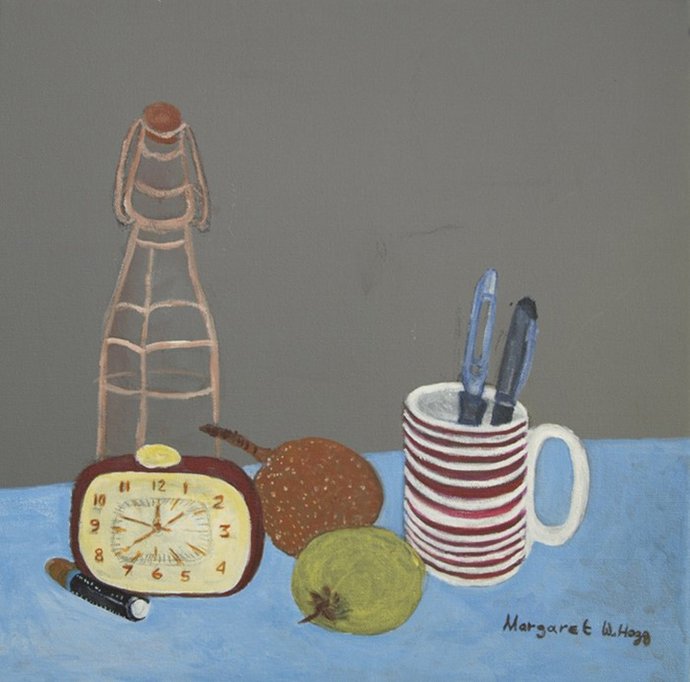Disneyland Retro June Andrews

Professor June Andrews is Director of Dementia Services at the Dementia Services Development Centre, University of Stirling. June trained as a nurse in Nottingham before taking on a variety of roles, moving from practice to policy-making and strategic management. In 2011 she won the Robert Tiffany International prize for promoting evidence-based improvement in dementia care around the world.
June explains to Níall and Yeoryia that the Stirling Dementia Centre was started 25 years ago by a group of volunteers, and has succeeded in improving the understanding of dementia amongst health and social care professionals. The Centre is now seeking to educate the general public about dementia and to encourage new perspectives, through a series of initiatives, including 2015’s Dementia Festival of Ideas.
June expresses frustration that there is a ‘huge amount of dementia money spent on things that don’t make any difference’, due to poor organisation, communication and ill-advised research; though she points out that dementia research is complex, as it can be difficult to isolate and identify symptoms and their causation. She explains that often, the most effective response to dementia involves a number of small, simple interventions: an improvement in environmental light levels; a specialised pain protocol and protection from isolation.
Discussing the ideal environment for someone with dementia, June explains that those who enter hospital rarely leave with the same level of functional ability. It is partly for this reason that she stresses that ‘the best practice would be for someone to stay at home and to change as little…as possible’, beyond improving light levels and removing trip hazards. This is true, she says, even for those with failing eyesight: ‘our memories of our houses are not about what we see most of the time…it’s more of a proprioceptive memory.’
Of course, not everyone with dementia can stay at home forever. Though accommodating people with dementia in hospitals and care homes is very expensive, once the requirement for assistance at home goes beyond four hours it becomes more economical for an individual to enter residential care. June sets out basic principles for areas where a number of people with dementia are likely to be assembled: light is important, again; as is the use of classic familiar design elements and the provision of visual contrast between different surfaces.
June, Niall and Yeoryia consider whether all cities and public buildings can be designed to be dementia-friendly, to allow people with dementia to navigate the public realm more easily and for longer. June warns against themed, ‘Disneyland retro’ care facilities, but points to good examples of supported accommodation in places such as New Zealand. Niall suggests that communities could be trained to better support people with dementia. The value of respite care is discussed, and June suggests that at times, the changing environment may heighten confusion levels for someone with dementia. She also questions current respite models that fail to respond to the specific needs of individual carers.
June is critical of devices like colour-coding, and agrees with Niall that often, the therapeutic qualities of simple activities such as food preparation outweigh those of things like “sensory rooms”. When Niall notes that institutions are often too concerned with health and safety to allow such participatory activities, June asserts that the best way to convince anyone of the value of any intervention is to explain how it will save them money: “things can happen”.
Finally, June implores architects ‘we’ll tell you what the design principles are — as far as anyone knows at the moment — and then it’s up to you to use your imagination: do something nice!’
This dialogue was recorded at the Dementia Services Development Centre at the University of Stirling